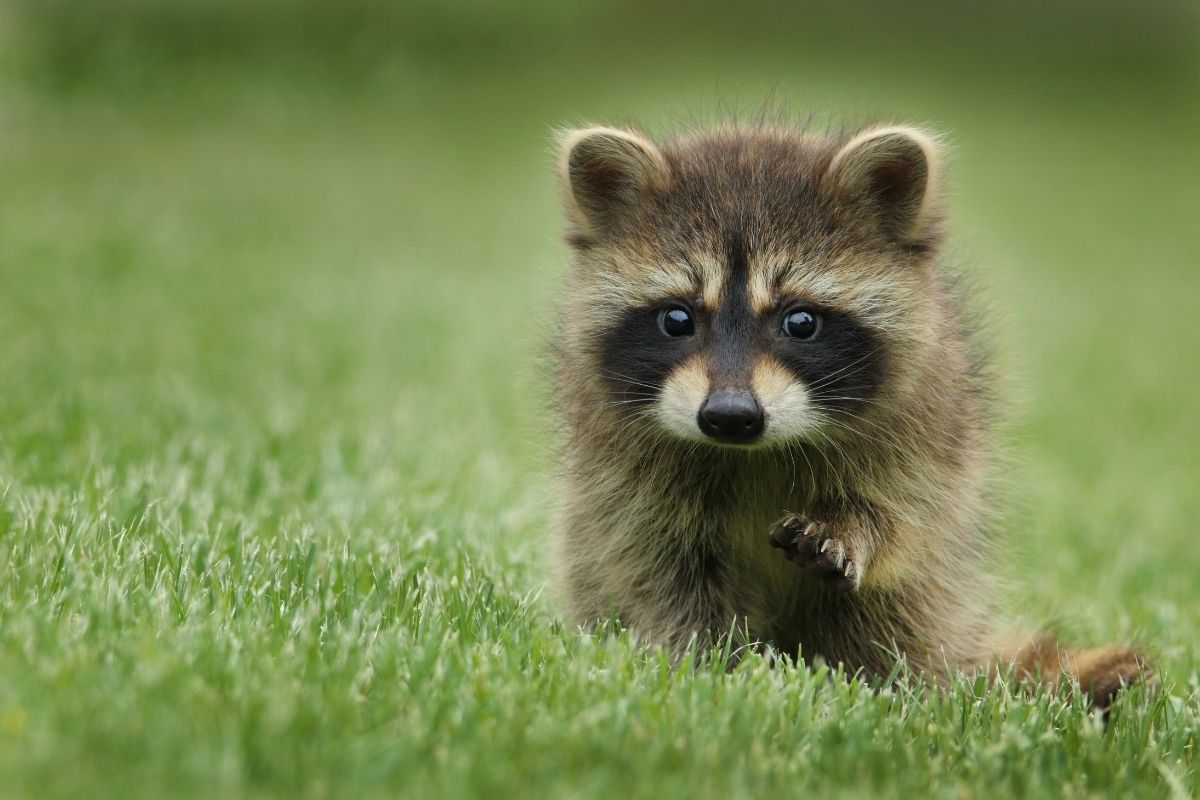by Priscilla Feral
British writer George Monbiot, known for his environmental and political activism, probes topics that stick in my head. At the close of 2021, he tweeted, “We need diverse movements, with a wide range of perspectives and ideas if we are to have any hope of escaping the vast challenges we face.”
He speaks about hazards from the climate crisis and assaults on democracy, pressing us to choose our battles, keep up the momentum of the environmental movement and to unite in solidarity to fight opponents rather than our allies. And he tells us to look for love. At Friends of Animals, love is centered on animals and nature and fuels our activism to motivate humans to better value and protect the environment. Looking ahead that includes a greater emphasis on stewarding trees and forests and getting people to kick the pesticide habit.
A community’s tree canopy is related to its climate resilience. Besides providing shade, shelter and food for birds and animals, trees release oxygen, absorb rainwater, prevent soil erosion and improve our quality of life. They also store carbon dioxide, and reducing carbon emissions is the best way to combat global warming.
That’s why it seems crazy to me that taxpayers subsidize the fossil fuel industry by $20 billion annually, when the carbon dioxide from the burning of fossil fuels is the main driver of climate change. Not to mention raising doomed cows for food and leather products causes deforestation when the Amazon is set on fire.
What’s also mind boggling is how artificial turf, first marketed in the early 1960s by Monsanto, has become increasingly popular as an alternative to natural grass. Proponents of artificial turf like to claim that it’s environmentally friendly since it requires no water, fertilizer, herbicide, pesticides or mower maintenance.
Yet artificial turf needs water because it requires periodic cleaning with water mixed with antimicrobials. And some fake turf uses styrene butadiene rubber from tires, aka crumb rubber, for cushioning, and it could very well pose a toxic risk to those who use the fields and breathe the air around it. It also contains heavy metals and toxins such as lead, dioxin, carbon black, styrene, butadiene and other known carcinogens.
The SBR and plastic in the artificial fields can get very hot as well. A climate researcher at Columbia University found that synthetic turf in New York City was 60 degrees hotter than grass with temperatures reaching 160 degrees on summer days. Who wants to dive into that?
Last fall, a grassy field in East Orange, N.J., was bulldozed and trees were removed to install artificial turf even though Hurricane Ida produced flash flooding in the area. The effort of torpedoing absorbent grass fields was seen as a terrible idea. One petition signed by more than 250 residents read, “Removing our own green space by replacing natural grass with artificial turf and cutting down healthy old-growth trees will create a ‘heat island.’”
In Connecticut, some towns are primed to ban turf that uses crumb rubber. The work ahead seems simple, but it’s not easy unless communities are informed. With spring comes the rebirth of nature.
There’s no better time to remind people to leave the trees standing, the grass in the ground (along with fossil fuels), choose organic lawncare, shun killing weeds (they have secret benefits), plant more pollinator-friendly meadows and protect open spaces.

